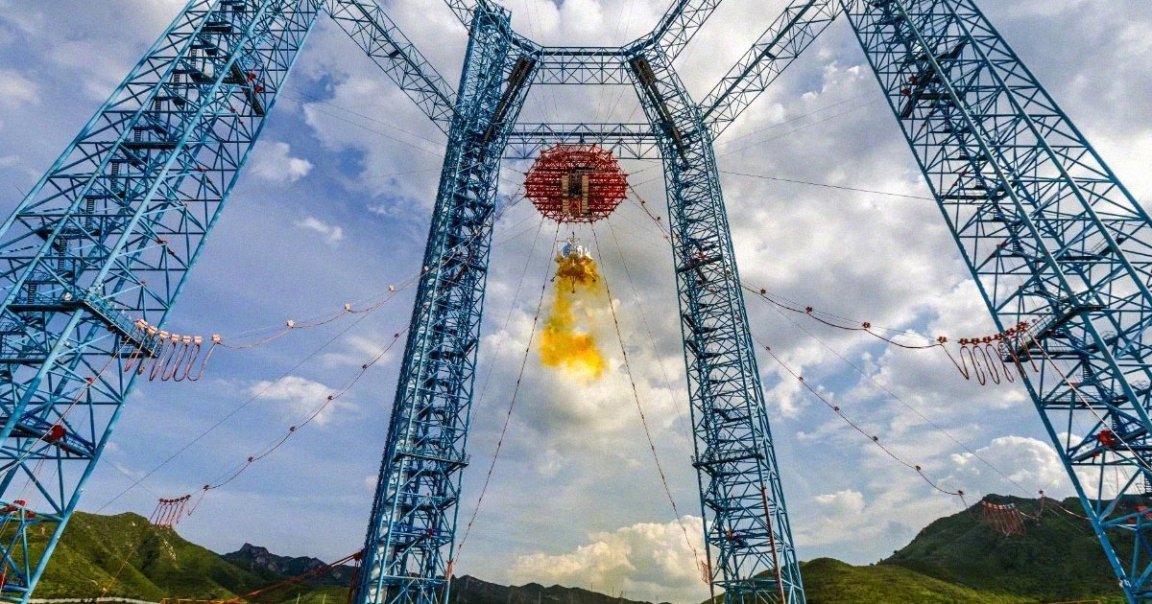
Over half a year into Donald Trump’s second term, NASA still doesn’t have a long-term head.
That leadership vacuum comes as the space agency is staring down the barrel of some devastating cuts to its science budget, with the White House betting its future on space exploration alone.
The chaos has raised serious questions about NASA’s ambitious plans to return astronauts to the surface of the Moon for the first time in over half a century. The dates of its planned Artemis program launches keep slipping as contractors miss deadlines and struggle with substantial technical issues.
In 2019, president Donald Trump declared that the US will “put Americans back on the Moon by 2024.” A year and a half later, that goal still appears to be many more years out.
Adding geopolitical intrigue, it’s looking more and more like NASA’s helpless flailing could position China to beat the United States in the race to return to the Moon.
China’s lunar exploration program has made massive leaps in recent years, most recently successfully testing its “Lanyue” lunar lander at a facility outside of Beijing. It was a “key step in the development of China’s manned lunar exploration program” and the “first time that China has carried out a test of extraterrestrial landing and takeoff capabilities of a manned spacecraft,” according to a statement by the China Aerospace Science and Technology Corporation (CASC.)
The goal is to land the first Chinese astronauts on the Moon “before 2030” — a clear shot across the bow, considering NASA is currently hoping to launch its first crewed landing attempt, Artemis 3, no earlier than mid-2027.
But considering the way things are going, that date could end up slipping once more. And one of its most prominent contractors is to blame: SpaceX’s Starship is encountering major headwinds, with the company still far from proving that its enormous reusable spacecraft is a reliable way to ferry crews from lunar orbit down to the surface in its Human Landing System configuration, as laid out in NASA’s current plans for Artemis 3.
In other words, the US’s head start on landing humans on the Moon is shrinking rapidly.
“At the rate things are going, sadly, it seems quite likely that the Chinese will land on the Moon before NASA can return to the Moon,” Chinese space policy analyst Dean Cheng told Ars Technica, arguing that the “geopolitical impact” would be “enormous.”
Besides potentially winning the race, China is aiming to “establish longer-term facilities and presence” on the Moon, Cheng added, which could allow the country to “have an enormous say over technical standards, data standards, etc., for cis-lunar activities.”
While the Trump administration has committed $1 billion in additional funding to realize its ambitious goal of sending humans to Mars in its proposed 2026 NASA budget, the space agency’s actual plans appear as murky as ever.
Trump’s disastrous falling out with billionaire and SpaceX CEO Elon Musk, in particular, has thrown the agency’s leadership into chaos, with Musk’s personal pick for NASA administrator, Jared Isaacman, getting caught in the crossfire of Musk and Trump’s feud — and unceremoniously kicked to the curb.
Musk has been adamant that the Moon is a distraction and should be skipped altogether, but how much sway the billionaire still has in the White House remains as unclear as ever.
Over a month after ditching Isaacman, the president appointed transportation secretary Sean Duffy as yet another interim administrator, sending a clear signal: NASA is not a priority.
And that could cost the US the race back to the Moon.
More on Artemis: It Kinda Sounds Like NASA Is Gutting Its Plans for a Moon Landing